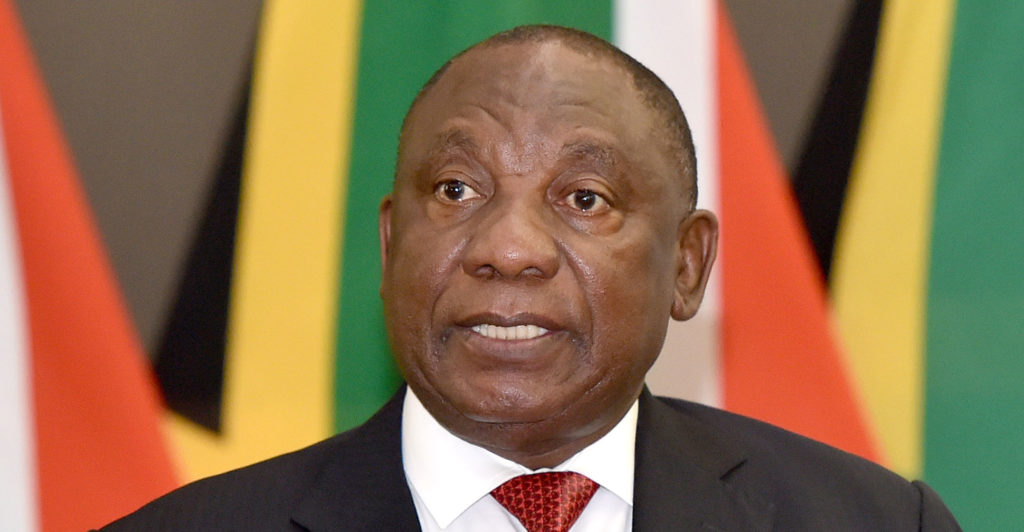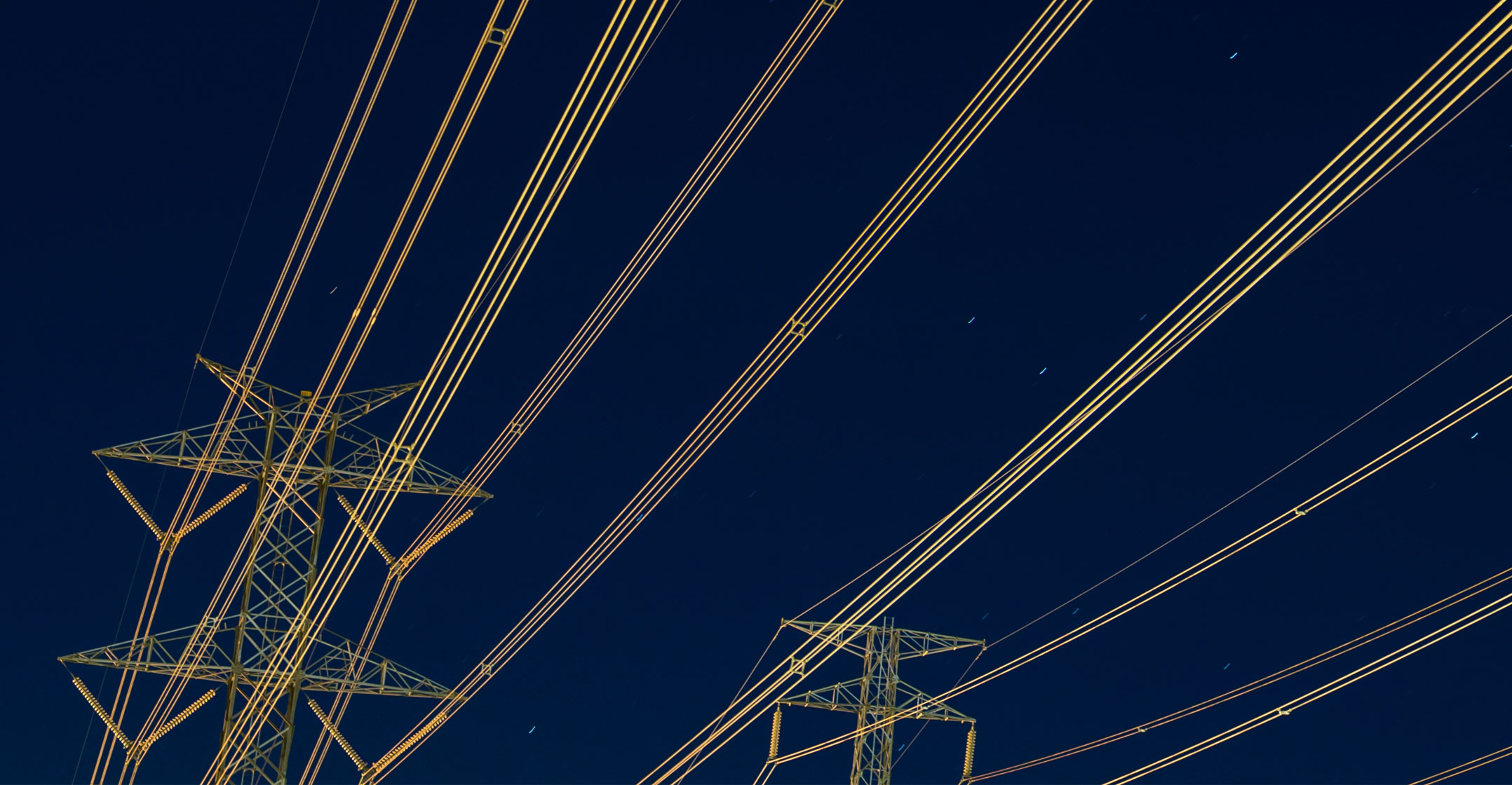
South Africa is considering more than doubling the amount private power producers can generate without requiring a licence in a bid to reduce blackouts that are hobbling the economy, people with knowledge of the matter said.
President Cyril Ramaphosa is racing to make an announcement as soon as Sunday, the people said, asking not to be identified as the matter isn’t public. South Africa last year removed a licence requirement for private investors to build their own power plants of up to 100MW under a plan to reduce excessive bureaucracy and add generation capacity.
Ramaphosa, who faces party elections in December, is under pressure to end rationing of electricity that’s plagued the economy for more than a decade. Still, the new measures are unlikely to alleviate the power shortfall soon. A litany of woes, including breakdowns at its coal-fired plants and labour strife, prompted Eskom to cut 6GW of supply — enough to light up four million South African homes — during the latest crisis.
The measures will include “emergency procurement of new capacity, emergency maintenance and ramping up of maintenance”, finance minister Enoch Godongwana said in an interview with Bloomberg Television in Bali, without giving details of the government plan. “It’s been a challenge.”
Red tape is one of the biggest hurdles for private power producers in South Africa. For instance, setting up a 140MW wind project requires about 60 permits, each of which can take from three months to three years to be approved, according to Niveshen Govender, CEO of the South African Wind Energy Association.
To reduce those bureaucratic delays, government is also considering easing regulations at agencies including the National Energy Regulator of South Africa, one of the people said.
This won’t be the first time South Africa will announce urgent plans to fix its energy crisis.
Stage 6
The stage-6 load-shedding, which began last month, led to the worst blackouts in the nation since 2019. Following that crisis, government pledged to fix Eskom’s woes and announced an emergency power programme.
Electricity has yet to be generated under the plan and at least one company — Karpowership, the world’s biggest supplier of floating gas-fired power plants — is mired in legal cases and has blasted government agencies for the stalled project. Failure to boost electricity generation resulted in South Africa enduring 77 days of blackouts this year.
One of the ways to boost generation is by “accelerating private sector generation deployment through easing of regulatory and legislative red tape and incentives, such as tax reforms,” the Energy Intensive Users Group, which accounts for 40% of power consumption, said in an e-mailed response to questions. The group’s members include miner Anglo American and commodities trader Glencore.
Ramaphosa is still discussing the measures with his cabinet and the final plans may change, the people said.
“Every option that will result into the addition of more megawatts into the grid is on the table and being given serious consideration,” said Vincent Magwenya, spokesman for the presidency.
 The new measures will be announced “in the coming days”, Ramaphosa said in a speech to a meeting of the South African Communist Party on Friday.
The new measures will be announced “in the coming days”, Ramaphosa said in a speech to a meeting of the South African Communist Party on Friday.
“The severe economic and social impact of load shedding means that we have to use every available means and remove every regulatory obstacle to bring extra electricity on to the grid as soon as possible,” he said.
The National Planning Commission outlined a rapid expansion of 10GW of new generation capacity and 5GW of storage in response to the latest crisis. It also called for the removal of the 100MW ceiling.
Last year’s move to allow private producers to ramp up capacity has seen companies register for more than 400MW of capacity. — Loni Prinsloo, Amogelang Mbatha and Paul Burkhardt, (c) 2022 Bloomberg LP

